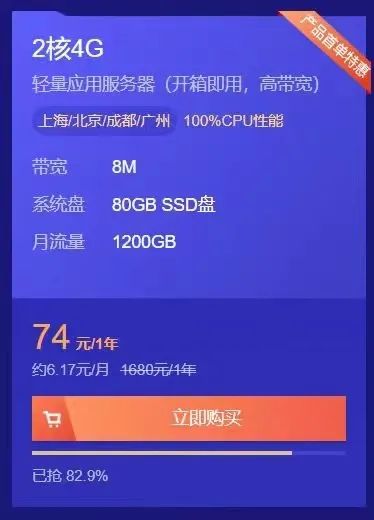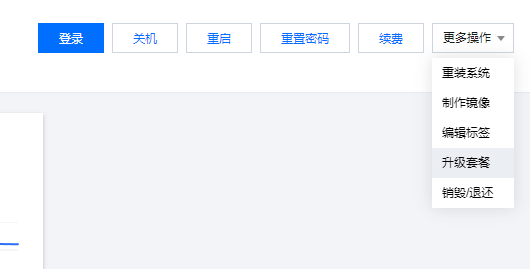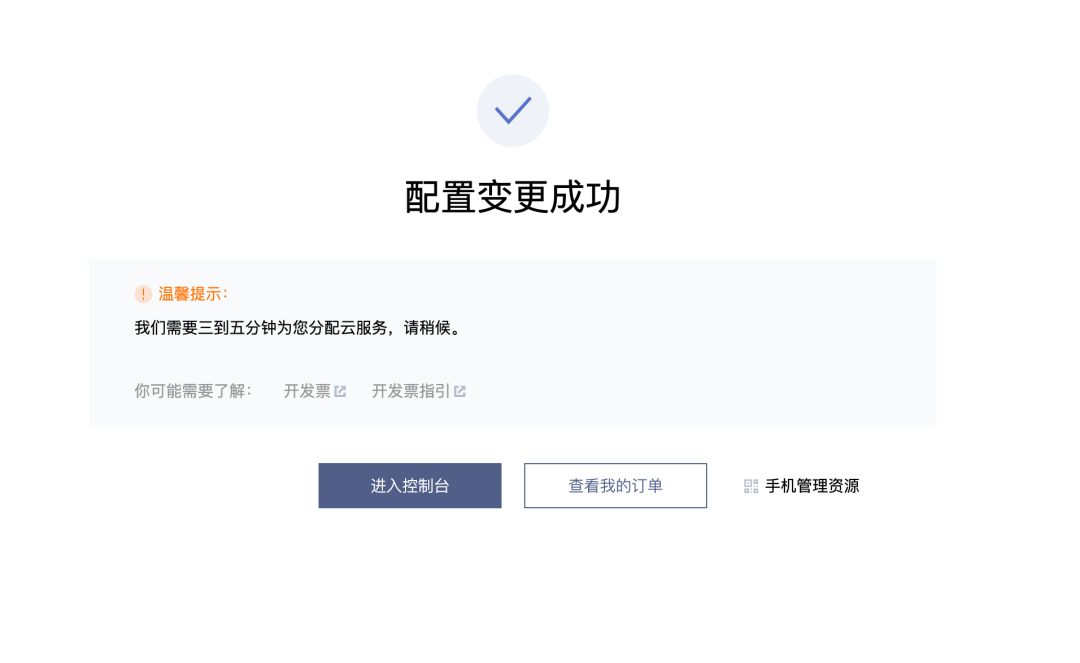As you all know, I have been playing VPS and virtual hosting since high school, and I still have a soft spot for this area after so many years.
I found that this "soft spot" comes from my inner fascination with the shell, just like I was once addicted to sandbox games such as Hypoxia and Don't Starve. The shell has a unique magic power - after having a shell , where I can construct all kinds of fantastic ideas in my own mind.
Initially, this shell came from VPS, and later gradually extended to Raspberry Pi, routers, x86 small hosts, virtualization platforms, containers, Docker, etc. But compared to various offline physical devices, the online host is still the shell I use the most.
For cloud hosting, I roughly divide it into the following eras (overlapping each other):
XEN era: The leading virtualization technology in this era is XEN, and the representative host provider is Linode. In this era, you usually pay monthly, and a host with 1G memory costs at least 6/70 yuan per month.
OpenVZ era: OpenVZ was the first to use container technology on VPS. At this time, container technology was not yet mature in the Linux kernel, and OpenVZ, as a third-party kernel module, provides the possibility of lightweight multi-tenancy. What follows is the overbooking problem. Since OpenVZ does not allocate resources to a certain host, a 16G hen dares to sell 10 16G VPS.
LXC era: There was a short-lived LXC era in the middle. Many host vendors began to sell hosts based on the LXC architecture. Although they all used container technology, LXC benefited from Linux’s native kernel support and its performance was better than OpenVZ.
KVM era: With the Linux kernel's support for KVM, more and more host vendors have adopted the KVM architecture, and competition has become increasingly fierce. The representative host providers of this era are DigitalOcean, Vultr, etc. It was also at this time that everyone began to support pay-as-you-go and pay-by-the-hour
Cloud host era: The most typical host provider in this era is AWS. In addition to machines, host providers have begun to provide various architectures on the cloud, and the prices are becoming more and more affordable. Each provider has even begun to provide free services for one year.
The price of my own VPS has dropped from the earliest price of 70 RMB per month to the current lowest of 0.94 knives per month. This is an era of involution among cloud host manufacturers and an era when users benefit the most.
However, due to the epidemic in the past two years, life has been difficult for everyone. As a result, many cloud vendors have begun to reduce costs and increase efficiency, shifting from user numbers to profitability. The activities that were common in the past are now becoming less and less frequent, but last year there was a magical machine that still managed to capture my heart.
This is the Tencent Cloud lightweight server that has been recommended in Moments and blogs before. Even in 2021, the price/performance ratio of this server is definitely at the forefront of historical hosts:

In addition, because the activities of domestic cloud vendors are usually "unable to be enjoyed by old users and dogs", it is rare to encounter such a package that old users can also buy. On the contrary, this package also has two disadvantages:
You must have never purchased a lightweight cloud host before
Only domestic nodes
The second shortcoming really makes the machine a lot useless. One is that domestic servers need to be registered, and there is no way to register a large number of domain name suffixes even if you want to. Second, domestic servers cannot be used for XX, so many people's servers have been wiped out, and I am one of them.
However, since I went abroad at the end of last year, these domestic servers have become my channel for browsing the Chinese Internet world. It can be said that things have changed.
I originally thought that this server would be like this. Most of the time it was just sitting there, and a small part of the time it was acting as a proxy. But I suddenly learned this morning that this lightweight cloud, which is already very cost-effective, has been recently promoted and can be upgraded to 4 cores for free (other configurations remain unchanged), which really surprised me.
Although I have never believed that pie will fall from the sky, this is nothing more than a half-eaten domestic server. What does it matter if it is upgraded? So I looked into ways to upgrade.
First, log in to the Tencent Cloud backend, access your lightweight cloud host, and click on the upgrade package in the more operations in the upper right corner:

You can see the promotion description and select the eligible upgrade:

Checking the order, unfortunately I only bought it for one year, and the upgrade was only for the unexpired time:

Complete the upgrade:

Connect to ssh and open htop to see the picture of the 4 cores, which is amazing:

Of course, if you didn’t follow me last year you missed it. This server is now out of print. If you need to buy it now and then upgrade, it is impossible. I can only say that there is no such store in this village. However, a downgrade option still exists:

Click to jump to the original text to purchase and cherish this last chance.